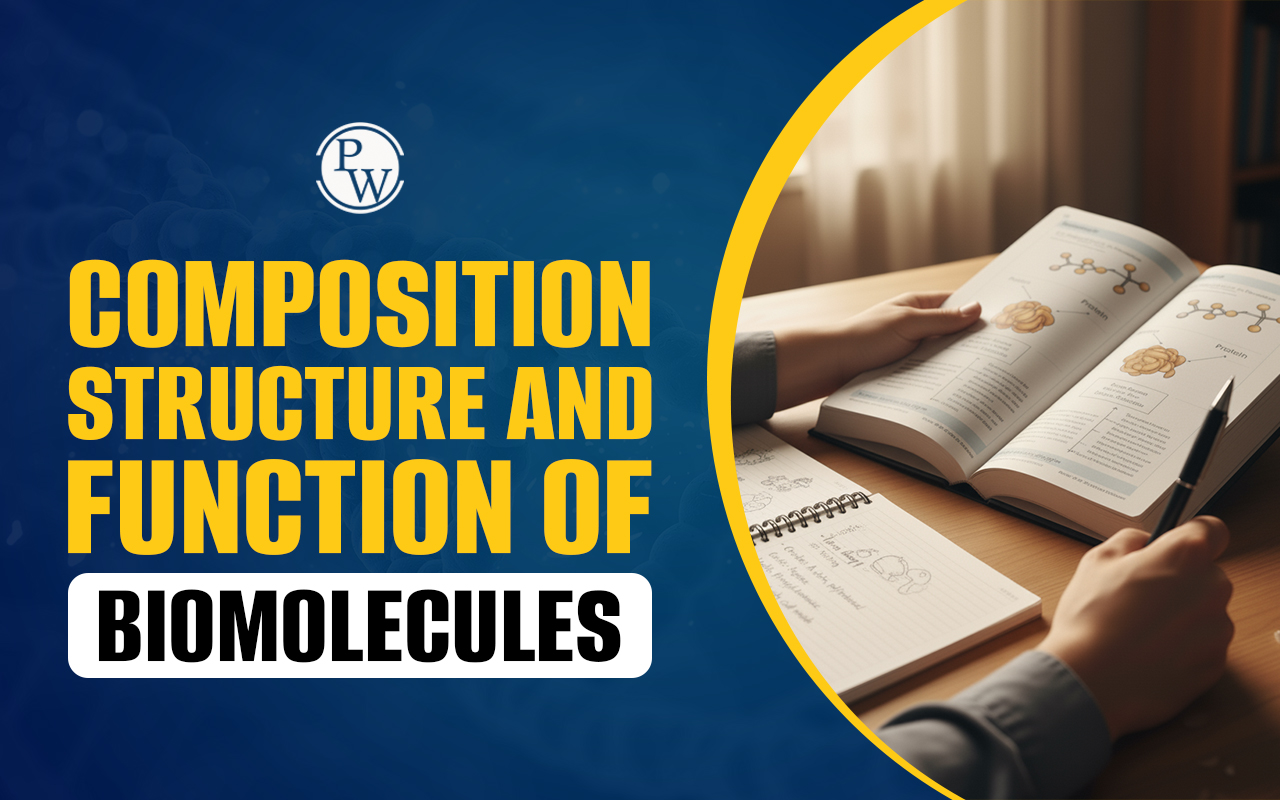
CSIR NET Life Sciences syllabus for 2025: The Council of Scientific and Industrial Research (CSIR), in collaboration with the National Testing Agency (NTA), has officially released the notification for the CSIR NET December 2025 exam. Candidates can apply online from September 25, 2025, to October 25, 2025 (until 11:50 PM). CSIR NET Life Sciences syllabus for 2025 covers a broad range of fundamental topics in the field of life sciences. The exam is divided into three parts: Part A assesses general aptitude, including logical reasoning and numerical ability; Part B features subject-related questions; and Part C includes higher-order analytical questions to evaluate scientific understanding.
The CSIR NET Life Science Syllabus PDF, which includes essential topics and their weightage, can be downloaded from the official NTA website. Key subjects include molecular biology, genetics, cell biology, physiology, developmental biology, ecology, evolution, biotechnology, and research methods. Emphasizing both theoretical and practical knowledge, the exam requires focused preparation. A clear understanding of the syllabus is crucial for effective study and success in the examination.
CSIR NET Life Sciences Syllabus 2025 Overview
Candidates who are planning to appear for the CSIR NET Life Sciences exam in 2025 should be familiar with the syllabus. The Joint CSIR NET Life Science December 2025 Exam will be held on 18 December 2025. The exam will be conducted by the National Testing Agency (NTA). Here’s an overview of the important information you need to know.
| CSIR NET Life Sciences Syllabus 2025 Overview | |
| Events | Details |
| Exam Name | CSIR NET December 2025 |
| Organized by | National Testing Agency |
| Medium of examination | Hindi and English |
| Mode of examination | Computer-based test (CBT) |
| CSIR NET 2025 Exam Date | 18th December 2025 |
| Time duration | 3 hours |
| Maximum marks | 200 |
| Number of questions | 145 |
| Negative marking | 25% for each wrong answer |
| Pattern |
|
| Age limit |
|
| Official website | csirnet.nta.nic.in |
CSIR NET Life Sciences Syllabus PDF
The CSIR NET Life Sciences Syllabus for 2025 is now available for download. It covers important topics such as Molecular Biology, Developmental Biology, Cellular Organization, Genetics, Plant and Animal Physiology, Cell Signaling, Evolution, Ecology, Applied Biology, and Methods in Biology. Candidates can click the link below to download the syllabus.
CSIR NET Life Sciences Syllabus PDF
| CSIR NET Life Sciences Syllabus 2025 | |
| Unit Name | Topics |
| Cellular Organization | Membrane structure and function, Organization of genes and chromosomes, Microbial Physiology, Cell division and cell cycle, Structural organization and function of intracellular organelles. |
| Molecules and their Interaction | Structure of atoms, chemical bonds, and molecules, Principles of biophysical chemistry, Bioenergetics, Metabolism of carbohydrates, lipids, amino acids, nucleotides, and vitamins, Composition, Stability of proteins and nucleic acids, etc. |
| Fundamental Processes | DNA Replication, Extrachromosomal Replicons, Homologous, RNA Synthesis, Control of gene expression, Gene transcription and translation, Protein synthesis and processing, RNA Processing, etc. |
| Cell Communication and Signaling | The innate and adaptive immune system, Cell Signaling, Cancer, Host-Parasite Interaction, and Cell Communication. |
| Development Biology | Morphogenesis, Basic concept of development, Organogenesis in Animals, Gametogenesis, fertilization, early development, etc. |
| Inheritance Biology | Mendelian Principles, Human Genetics, Gene Mapping, Pleiotropy, Quantitative Genetics, Extrachromosomal inheritance, Mutation, Microbial Genetics, etc. |
| System Physiology: Plant | Plant Hormones, Photosynthesis, Respiration, Photoprotective Mechanisms, Photorespiration, Nitrate, Nitrogen Metabolism, Ammonium Assimilation, etc. |
| System Physiology: Animal | Blood and Circulation, Nervous System, Cardiovascular System, Heart System, Blood Groups, Sense organs, Digestive System, Respiratory System, etc. |
| Diversity of Life Forms | Taxonomy, Outline classification of plants, animals, and microorganisms, Adaptive Radiation, Natural history of the Indian subcontinent, Levels of Organization, Organs, and Systems, Organisms of conservation concern, etc. |
| Evolution and Behavior | Paleontology and Evolutionary History, Molecular Evolution, Darwin–concepts of Variation, Brain, Behavior, and Evolution, etc. |
| Applied Biology | Biosensors, Breeding in Plants and Animals, Bioremediation and Phytoremediation, Microbial Fermentation, Bioresources and Uses of Biodiversity, etc. |
| Ecological Principles | Environment, Population Ecology, Habitat and Niche, Conservation Biology, Ecological Succession, Origin of Cells and Unicellular Evolution, Species Interactions, Ecosystem Ecology, Biogeography, etc. |
| Methods in Biology | Measuring Central Tendency and Dispersal, Fluorescence, Histochemical and Immunotechniques, Statistical Methods, Molecular Biology and Recombinant DNA Methods, Circular Dichroism, etc. |
CSIR NET Life Sciences Exam Pattern 2025
| CSIR NET Life Sciences Exam Pattern 2025 | ||||
|---|---|---|---|---|
| Life Sciences | Part A | Part B | Part C | Total |
| Total Questions | 20 | 50 | 75 | 145 |
| Max No of Questions to Attempt | 15 | 35 | 25 | 75 |
| Marks for Each Correct Answer | 2 | 2 | 4 | 200 |
| Negative Marking | 0.5 | 0.5 | 1 | – |
CSIR NET Life Sciences Exam Preparation Tips
- Understand the Syllabus: Familiarize yourself with all the topics in the CSIR NET Life Sciences syllabus. Divide them into sections like General Aptitude, Part A, B, and C.
- Focus on Important Topics: Prioritize topics with higher weightage, such as Molecular Biology, Genetics, and Cell Biology. Make sure to practice these regularly.
- Time Management: Allocate specific time for each subject and follow a study plan to stay on track.
- Practice Previous Papers: Solve previous year’s question papers to understand the exam pattern and types of questions asked.
- Make Short Notes: While studying, create concise notes for quick revision, especially for complex topics.
- Revise Regularly: Set aside time for frequent revision to retain the information better before the exam.









